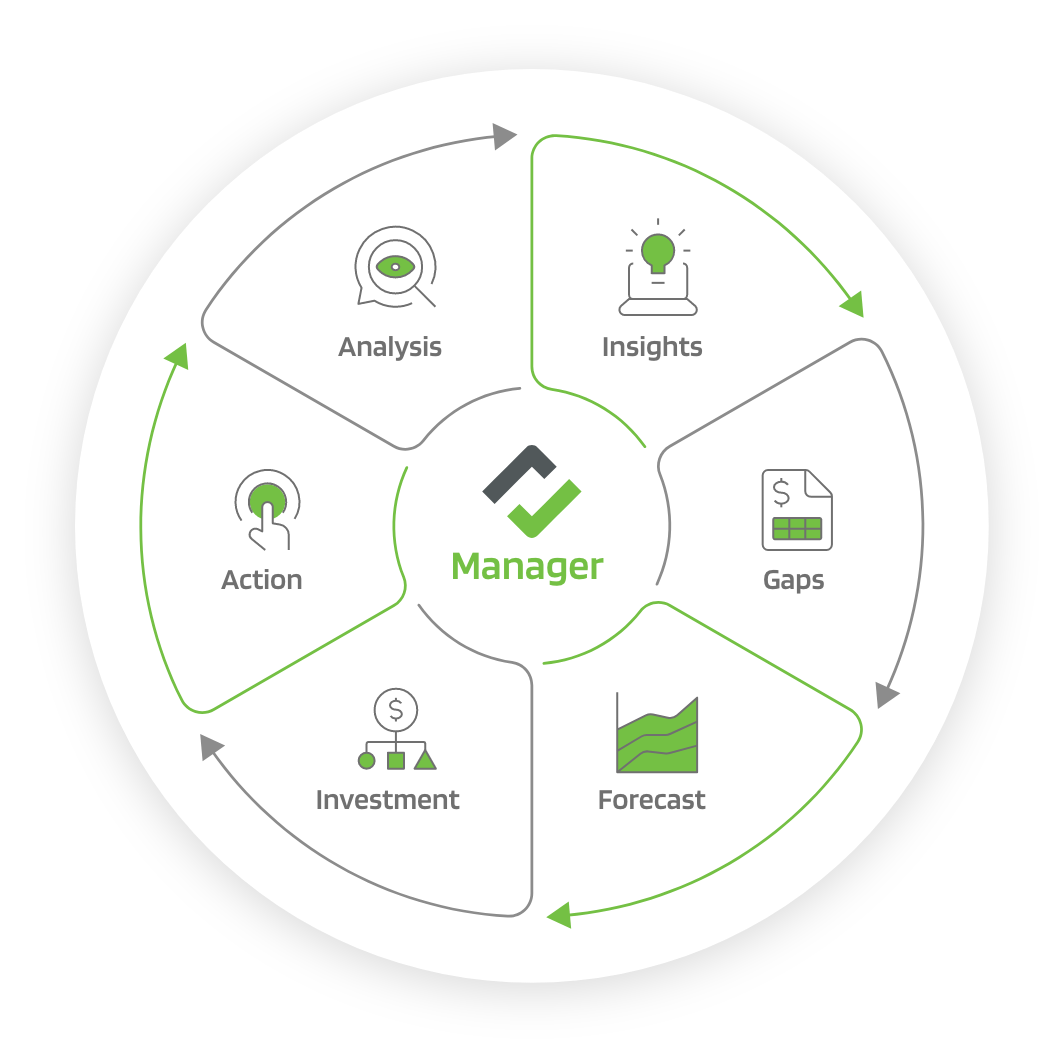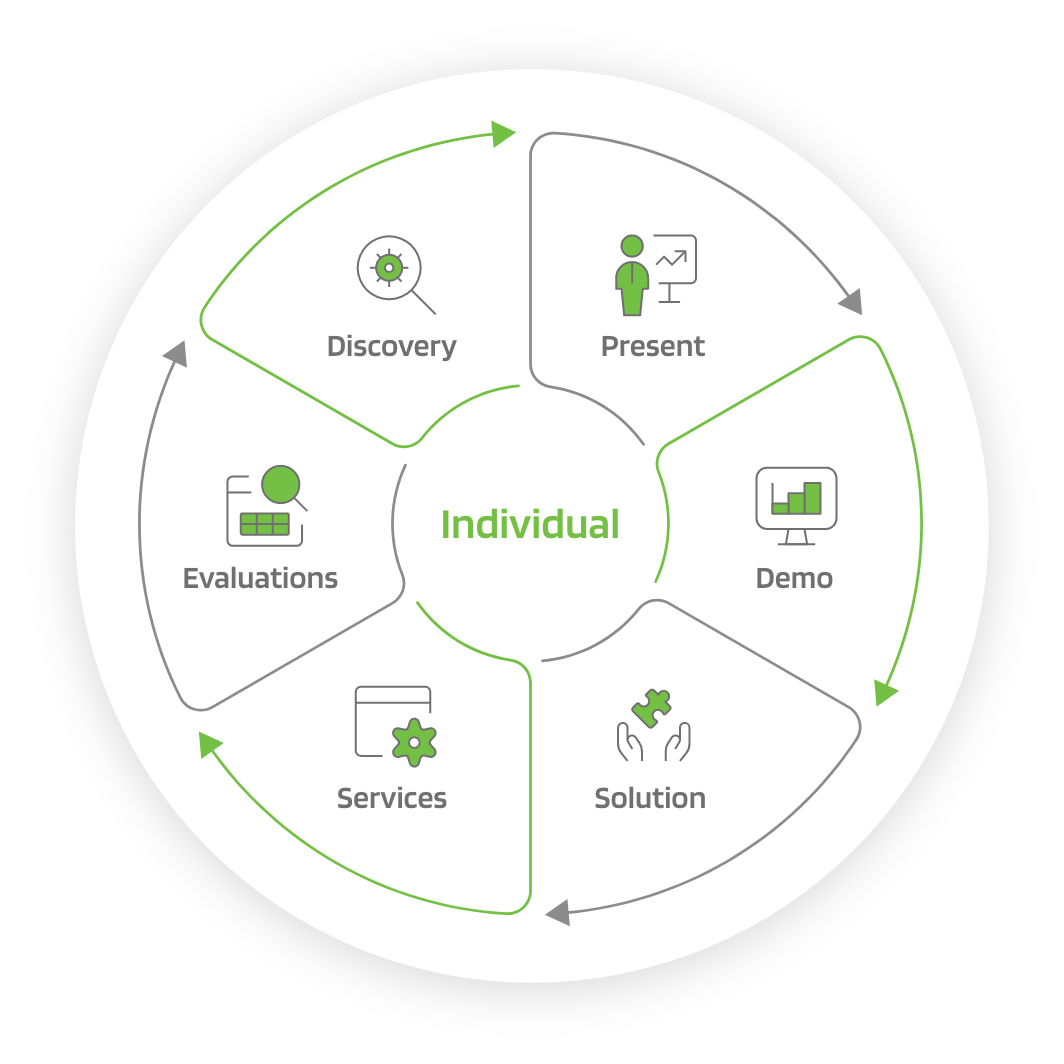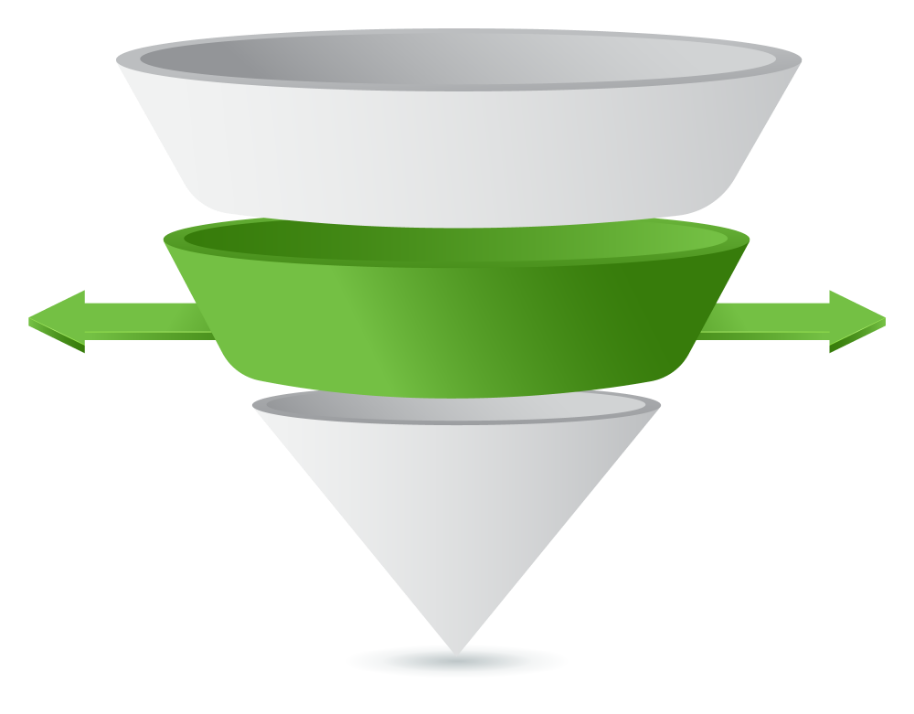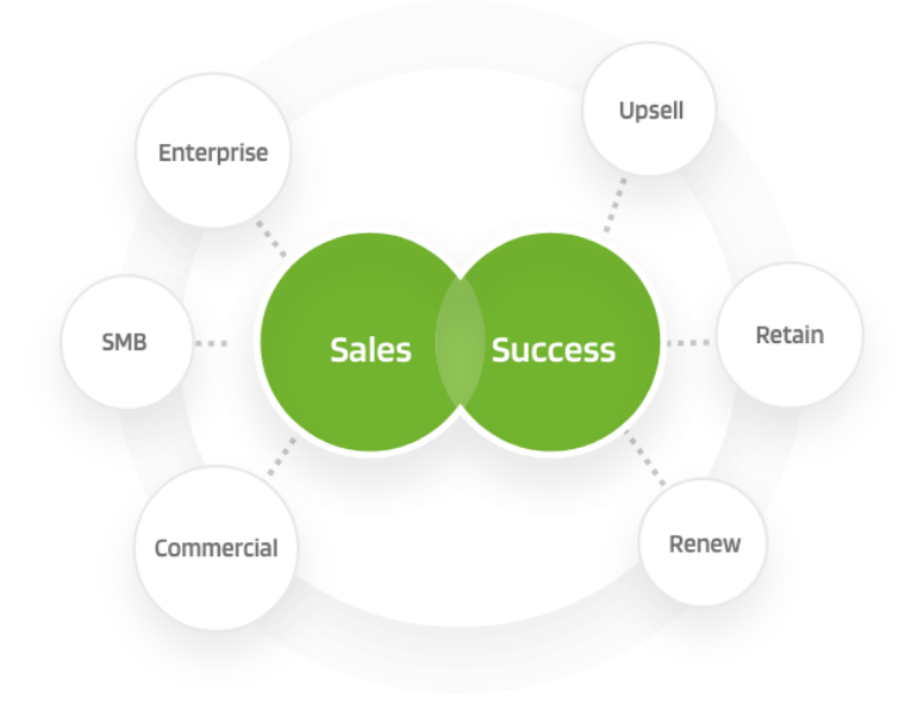
Technical Sales by Hub
What is a proof of concept (POC) in today’s technical sales era?

Presales and sales engineering professionals have historically played the quarterback role in managing a proof of concept (POCs). This is the sales stage where a prospect evaluates the technical merits of the product under purchase consideration to determine if it meets or exceeds their business and operational needs.
A proof of concept (POC) typically has a few phases that include kick-off, testing, and summary, which are managed to specified timelines that drive actionability on both the prospect’s and vendor’s side. New terms like proof of value (POV), guided trials, pilots, and workshops have surfaced. But one could argue that they are all variants of a sales POC because they include similar phases among the prospect and vendors, but with some nuances on timeline and formality.
The table below breaks down all variants of evaluations and shows how they differ.

As you can see, workshops, guided trials, POCs, POVs, and pilots vary in cost, the scope of work, timeline, and complexity. These different aspects are explained in more detail below.
- Cost – The anticipated cost per activity incurred by the vendor. It’s common for POCs, POVs, and pilots to range from five figures to six figures, which is why in some cases vendors will charge the prospect for a paid pilot or even a paid POC and POV.
- Engagement – Most of these evaluation phases can now be done remotely. However, in some cases where evaluations are long, involved, costly, and dependent on hardware, they do rely on in-person support by the presales and sales engineer.
- Duration – This can range from hours to months. The less demanding an evaluation, the shorter the duration. In contrast, the longer the evaluation engagement is, the more involved it is for both the presales professionals and the prospect’s technical team conducting the evaluation.
- Scope – The evaluation scope of a product under purchase consideration varies in complexity and cost incurred by the prospect. The broader the scope and bigger the sticker price, the more likely the evaluation will evolve into a POC, POV, or pilot.
- Kick-Off – This is the phase of an evaluation where both the prospect and buyer begin the evaluation. Workshops and guided trials are usually highly informal. In comparison, when presales and the buyer engage in a sales POC, POV and evaluation, this process becomes much more formal and is often documented in a spreadsheet, document, PowerPoint, PDF, and/or a presales productivity platform.
- Testing – In this evaluation phase, the prospect stress-tests the product and/or solution under purchase consideration. Presales professionals act as project managers to ensure that the testing process is trending in a positive direction to ultimately get the technical win. In some cases, presales will have additional and dedicated resources that manage hands-on POCs, POVs, and pilots.
- Summary – Upon completing the testing phase of the evaluation, the presales and sales engineering team creates a report, typically in Word, PowerPoint, and/or PDF, that is presented to the prospect and quantifies and qualifies how the vendor performed during the testing phase. Showcasing positive results from testing is required to get the technical win and is a prerequisite before negotiations can begin to win over the opportunity and close the business.
- Capture Gaps – Before and during kick-off and testing, it is common for a presales engineer to capture product and solution feature gaps that must be addressed and developed by product management. Addressing some of these gaps with a specific timeline is sometimes a prerequisite to winning the business. These “opportunity blockers” are often captured in spreadsheets or emails. They may also be manually entered into a customer relationship management (CRM) system or automatically captured in a presales productivity platform.
The Importance of Evaluation Playbooks
Determining what evaluation profiles make sense for your presales engineer teams varies on what type of products or solutions you sell, who you sell them to, what they cost, and what amount of “experiencing the product” is required by the prospect looking to buy your offering. That’s why it’s important for presales and sales engineering professionals to have playbooks or templates that map out the best practices to follow for workshops, guided trials, POCs, POVs, and pilots.
These playbooks will vary by industry, company size, and product. Most evaluation playbooks reside in spreadsheet and Word documents, but whenever possible they should be uploaded to a presales productivity platform. This helps make these playbooks actionable projects that can be managed effectively by presales with both internal and external stakeholders.
Using Proof of Concept to Enhance Evaluations
Effectively managing evaluations — regardless of what they are called or how involved they are for presales — means you must have a good handle on the process, understand your product’s strengths, rally your internal stakeholders, manage the expectations of your external stakeholders, and capture product and solution feature gaps that hold you back from winning the business.
For additional resources on evaluations, I highly recommend Tony Matos’ book, The Essential Guide to Navigate Your Proof of Concept: Understand and implement practices to increase your evaluation win-rate. You can also look at some additional posts, such as Technical Sales: Focus on These Evaluation Attributes to Win More Business, and utilize presales productivity platforms like Hub to help manage your evaluations more effectively.







